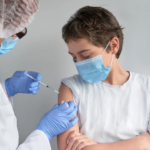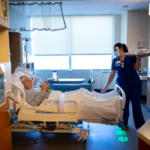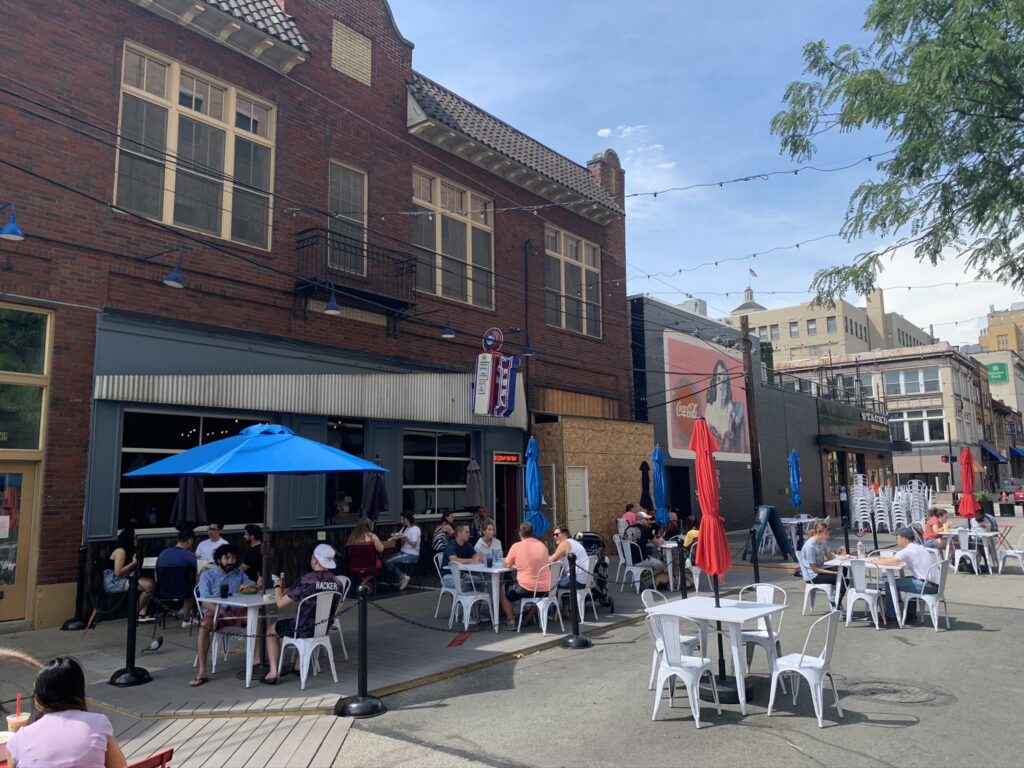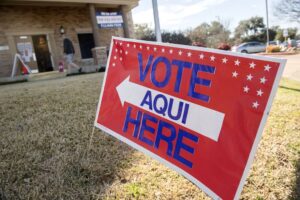The Wolf administration is lauding its efforts to help Pennsylvania’s hospitality industry through the COVID-19 pandemic, though business leaders contend the state can and should do more.
Gov. Tom Wolf highlighted 5,860 Pennsylvania businesses that received grant funding in 2021 through the COVID-19 Hospitality Industry Relief Program (CHIRP), which distributed a total of $145 million to restaurants and other businesses in all of the state’s 67 counties.
The money was awarded in $5,000 increments, up to $50,000, distributed through one or more designated Community Economic Development Organizations or Community Development Financial Institutions throughout the state.
“We developed the CHIRP program to provide immediate relief to the commonwealth’s restaurants and hospitality businesses recovering from the pandemic,” Wolf said. “These businesses and their employees made sacrifices for their communities during one of the most unprecedented times we have ever lived through. It was a major priority for my administration to offer quick assistance through trusted, local partners that truly understood the needs of their area’s businesses.”
Stipulations for the program required recipients to have fewer than 300 employees and less than $15 million in net worth. To receive funding, businesses must have been in operation on Feb. 15, 2020, with at least a 25% reduction in quarterly revenue compared with the previous year.
John Longstreet, CEO of the Pennsylvania Restaurant & Lodging Association (PRLA), told The Center Square the $145 million in relief is “really a drop in the bucket” relative to the plight of hospitality businesses during the pandemic, but when combined with several other federal programs the money has made a difference.
“Every little bit helps,” Longstreet said. “There were many restaurants on a week-to-week basis … so the money was really important to get them to the other side.”
Longstreet pointed to the federal Paycheck Protection Program, Restaurant Revitalization Fund and the Employee Retention Tax Credit as other programs that combined to help keep the state’s hospitality industry afloat.
Longstreet said “it’s no question the CHIRP program was … probably one of the better administered programs,” and the PRLA is urging the governor and state lawmakers to replenish the fund as the pandemic continues.
The PRLA is working with several lawmakers on various bills to replenish the CHIRP program with the state’s share of American Rescue Plan Act funds, as well as other measures to provide relief and boost the industry, Longstreet said.
“The beauty is (the CHIRP program) is already set up,” Longstreet said, noting the request is not for new money. “It’s money that’s literally sitting in the bank from the American Rescue Plan.”
The association is also pressing lawmakers for relief for alcohol licensees by extending exemptions for cocktails to-go and additional outdoor seating approved during the pandemic through 2022, as well as discounts on licenses for three years.
A PRLA fact sheet contends Pennsylvania restaurant sales are down 30% compared with the same time in 2019, 93% of restaurants are experiencing staffing shortages and 63% are dealing with higher food costs.
“In terms of actual people … about 580,000 people are employed in restaurants in the state,” Longstreet said. “So (CHIRP) helped not only the businesses but also the employees.”
Longstreet said experts predicted as many as 50% of restaurants could go out of business at the onset of the pandemic, but he believes CHIRP and other programs drastically have reduced that figure.
“I think it’s going to be less than 20 percent, 15 percent, and a big part of that is the relief programs,” he said.
This article was originally posted on Pennsylvania hospitality businesses hope for more COVID relief











More Stories
New Jersey committee approves bill that includes unemployment insurance tax credits for small businesses
71% of West Virginia small businesses struggling to find workers
Ohio unemployment improves; group warns of slowdown